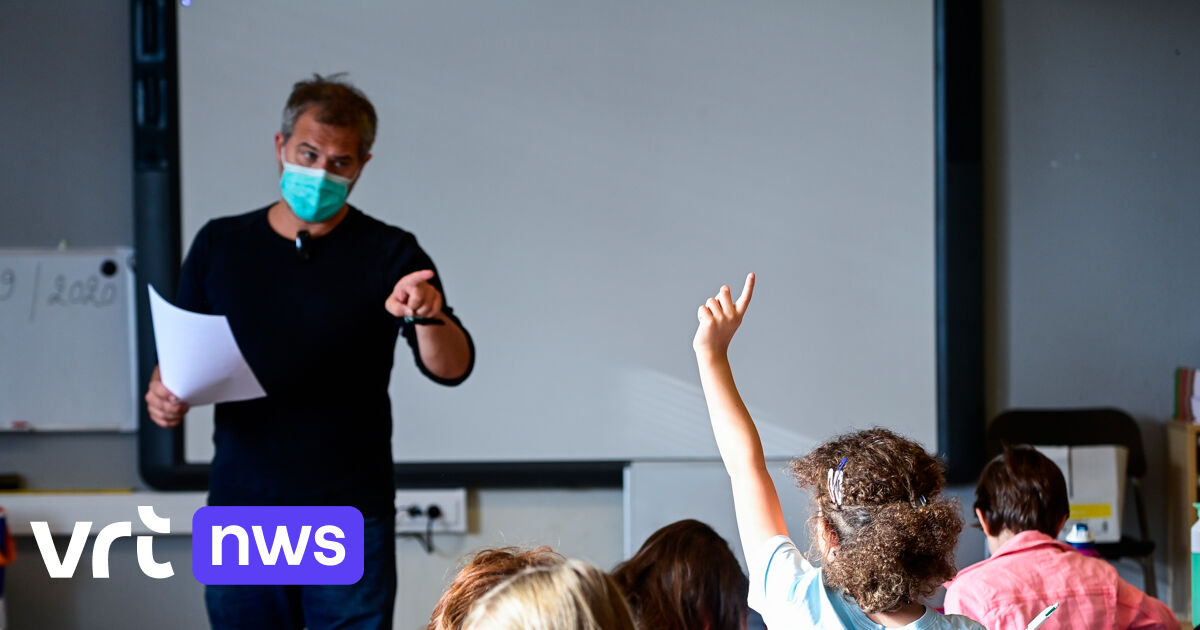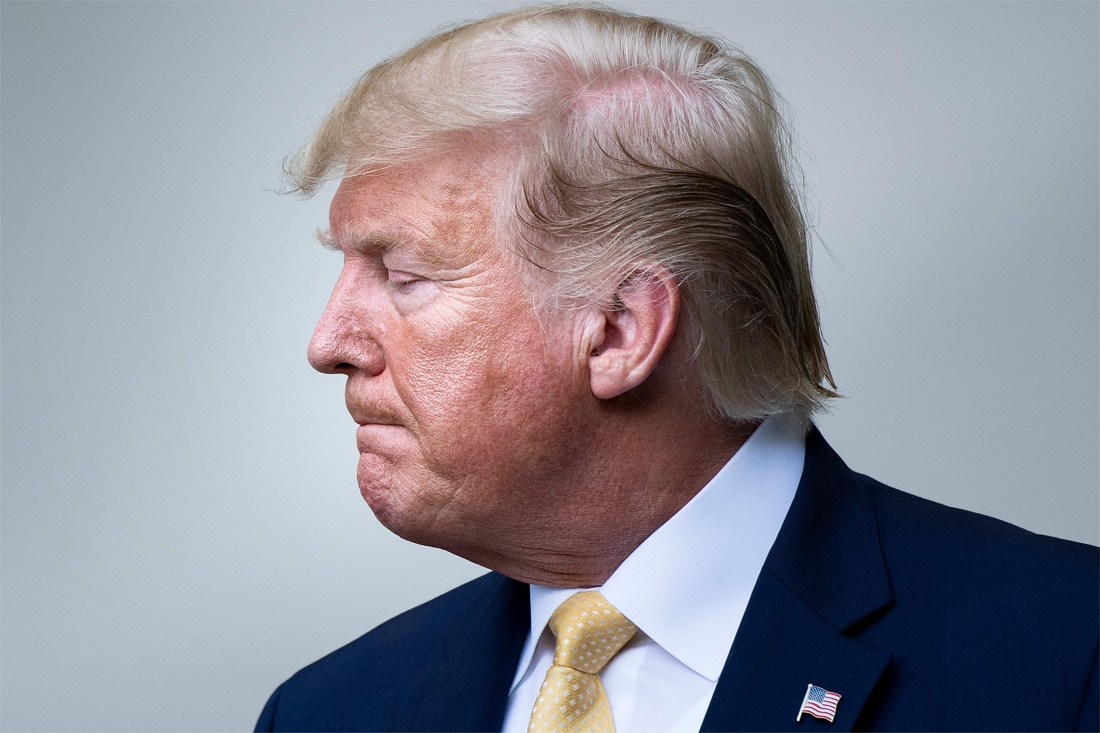“In studies on blood samples from clinical laboratories, and among health workers and blood donors, the number of people with antibodies is usually less than ten percent. These studies may therefore underestimate the true circulation of the coronavirus ”, adds Els Duysburgh, researcher at Sciensano.
The children who have antibodies were infected during the first wave, just before or during the lockdown, say the researchers. “We can deduce this from the evolution of the number of infections in both municipalities between March and October, and the answers of the parents about contact with infected persons. At the time of the infection, many of the measures we are now so familiar with – washing hands, keeping your distance, wearing a mouth mask – were not yet commonplace for everyone, especially children. That may help explain why we have found antibodies in a relatively large number of children. ”
–


